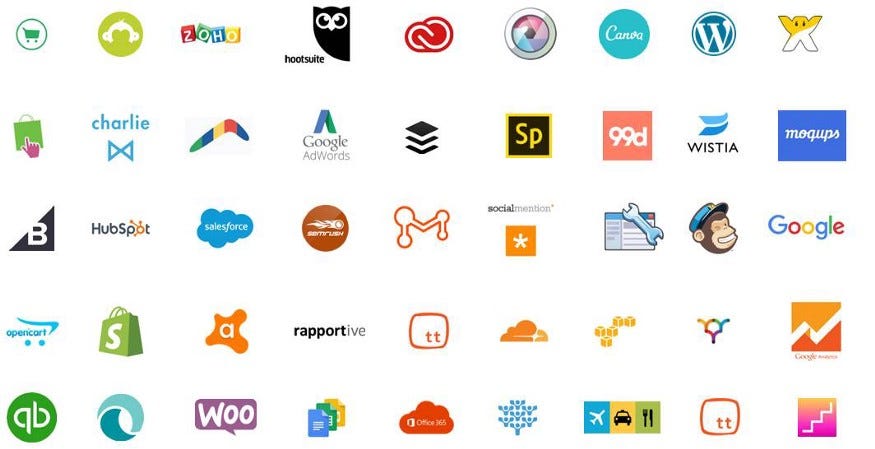The ever-expanding landscape of tools can be overwhelming. In product management communities and HR circles alike, a common question arises: "What's the best tool for [insert task here]?"
While the desire to find the perfect solution is understandable, it's crucial to prioritize clear communication and avoid unnecessary tool bloat. Many teams already possess tools that can effectively achieve their goals, as long as those tools facilitate clear communication with the target audience.
The key lies in focusing on outcomes, not just the tools themselves. Instead of asking "which tool should we use?" we should be asking "how can we achieve [desired outcome]?"
Turn your "which tool" questions into “what outcome” questions.
For inspiration, here are some great examples in that spirit from Ken Norton...
“What tools do you recommend for roadmaps?”
becomes “How do you communicate what’s coming in the future to internal and external audiences?”
“What tool do you use for product visions?”
becomes “How do you motivate your team around a shared future vision?”
“What’s the best tool for tracking OKRs?”
becomes “How do you decide and communicate what’s important to the company and what’s not?”
“Which do you recommend, Scrum or Kanban?”
becomes “How do you decide what to build and what not to build?”
“Can you recommend a wireframing tool for sharing concepts?”
becomes “How do you communicate early product ideas?”
By adopting this "what outcome" approach, we can avoid getting lost in a "tooling rabbit hole" and ensure that the tools we use serve our specific needs.
We can help you improve your thinking in all kinds of ways. Reach out to learn more about coaching.




